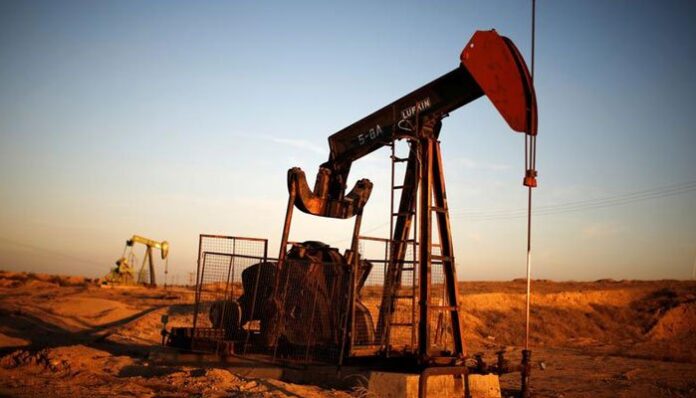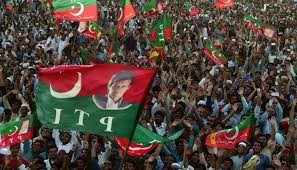ISLAMABAD: Pakistan is reeling under multifaceted problems; hence, no respite in the back-breaking inflation is expected in near future amid the sharp surge in crude oil price globally.
The last time double-digit the consumer price index (CPI) was recorded in April 2021 (11.1% YoY), afterward it hit a low of 8.4% in July 2021 during the current fiscal year. However, later inflation started resurging and reached 12.3% in December 2021, a 22-month high, driven by the higher food index.
At present, keeping in view the constant rise in the crude oil price- which contributes the most to inflationary pressure globally, there are no signs of easing Pakistan’s yearly inflation anytime soon to a single digit, leaving worries about its dampening effect on economic growth and common man’s purchasing power.
Cascading impact of an increase in energy tariff being stipulated by the authorities to overcome cross-subsidies and circular debt, higher fuel rates and quarterly house rent adjustment, will be visible in the January inflation print.
Going by the projections, the headline inflation will settle around 12.7%-13.4% with an average annualized estimate of 13.03% for January when CPI is released by the Pakistan Bureau of Statistics (PBS) today (Monday) while the monthly rate is expected to be 0.53%. This will bring 7MFY22 average inflation to 10.3% as against 8.2% YoY in the corresponding period last year.
According to the monthly Economic Outlook for January 2022 released by the Finance Ministry, CPI on year-on-year (YoY) is expected to remain in double digits in the coming month.
The report noted that the YoY increase in the CPI index was, to a large extent, a backward-looking indicator and is not only determined by current price movements, but also by what happened 12 months ago, when international commodity prices are at the lower areas of their current price cycles, whereas now they are at the upper levels of these cycles.
It highlighted the importance of monitoring future month-on-month (MoM) price movements as containing these price dynamics will determine further developments in the consumer’s cost of living. If these future MoM price movements were stabilized, the YoY inflation will automatically fall back to levels that are suited for supporting Pakistan’s economic development.
On a sequential basis, pursuant to the justifications provided by these research houses, inflation is expected to flare up again on the back of higher petroleum prices, quarterly house rent adjustment and energy tariff hike as required by IMF.
On the flip side, the food index is expected to ease primarily led by a drop in prices of vegetables, mainly tomatoes and potatoes, thanks to the arrival of seasonal perishable vegetables in the local markets.
On the other hand, the YoY uptick in CPI will likely be led by food, clothing & footwear, alcoholic beverages & tobacco, housing, household equipment and miscellaneous.
Going forward, inflation is likely to remain in check on account of adjustments in electricity price (base tariff hike-which is expected in a phased manner), any increase in prices of petroleum products owing to higher international oil prices and surge in prices of perishable and nonperishable food items in the month of Ramadan, said Sana Tawfik, a senior analyst at Arif Habib Limited.
The market participants widely believe that average inflation for FY22 will remain double-digit, around 11% YoY.
It is pertinent to mention here that Federal Minister for Finance Shaukat Tarin said on Wednesday last said no decline in the price-hike for the next three months.






















